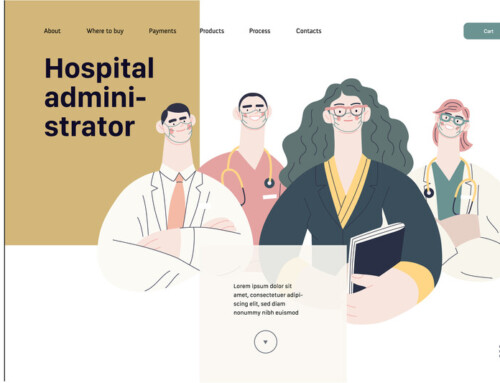 ◆What is “Shadow IT?”
◆What is “Shadow IT?”
As convenient IT tools emerge one after another, employees may use them for business purposes without their company’s knowledge. For example, using group chats to communicate with people outside of the company, using online storage services to exchange data, handling business data on a personal smartphone, storing take-home work on a USB device and going home with it, etc.
Shadow IT is the unauthorized business use of external services and personal devices that are not permitted for use at work, which has become a problem due to the risk of information leakage.
◆Requires measures that differ from the “part-time job terrorism problem”
Inappropriate social media posts by part-time employees have become known as the “part-time job terrorism” problem, and now, more companies are taking measures such as instructing employees to not behave inappropriately on the internet and social media.
However, because the risks of Shadow IT can be caused by using convenient services that improve business efficiency, it is fundamentally different from the problem of part-time job terrorism, and the problem cannot be solved simply by prohibiting employees from using these services.
◆First, investigate the usage and take measures
The first step in dealing with the risks of Shadow IT is to investigate what types of services and devices are being used by employees, and to identify what IT tools are necessary for business.
For services considered necessary for business, they must first clear the company’s security requirements, and then the company can specify the services approved for usage, establish the necessary IT environment, and prevent usage beyond those conditions.
These measures may be time consuming and expensive, but they are necessary for the company to be able to understand and monitor usage of these services.
◆These measures are also necessary to increase productivity and diversify work styles
Opportunities are increasing to work in places other than offices because of diverse work styles and to improve productivity by promoting IT. These efforts lead to an easier way for employees to work, but they also bring about the risk of new information problems.
When dealing with “work style reform,” it is necessary to be cautious of Shadow IT risks.





